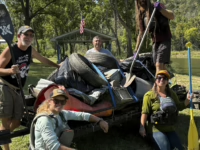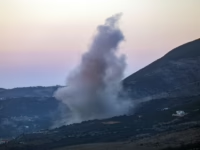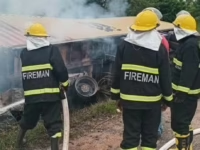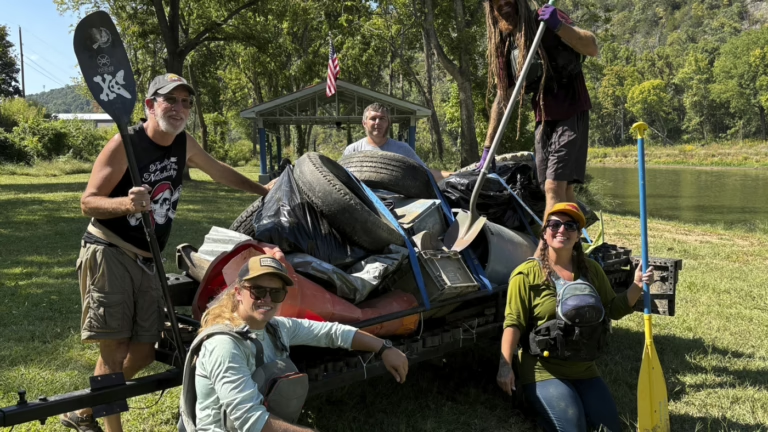The Nolichucky River cleanup team. (from left) Michael Crooks, Parrish Ross, Justin Morgan, Amelia Taylor, Nick Wirick.
Rolando Arrieta/NPR
hide caption
toggle caption
Rolando Arrieta/NPR
ERWIN, Tenn. – After discovering that whitewater rafting businesses along the Nolichucky River would remain shuttered for the season, Amelia Taylor sought alternative ways to sustain her livelihood.

Transitioning from her role as a seasoned whitewater guide, Taylor embraced a new identity as a dedicated river cleanup worker. “I’m proud of this work-it’s honest and fulfilling,” she shares.
With over sixteen years guiding on these waters, Taylor finds the task of collecting debris along the riverbanks surprisingly rewarding, despite the occasional scrapes and bruises.
“I’ve always been a bit of a scavenger, so this job suits me well. Sometimes I even find useful items,” she laughs. “Honestly, dealing with trash is easier than handling people,” she adds with a smile.
It has now been a year-cds-musa-fails-to-eliminate-bandit-bello-turji/” title=”One … Later: CDS Musa Still Struggles to Capture Notorious Bandit Kingpin Bello Turji”>full year since Hurricane Helene’s aftermath unleashed catastrophic flooding across eastern Tennessee and western North Carolina, forcing most rafting operations to halt.
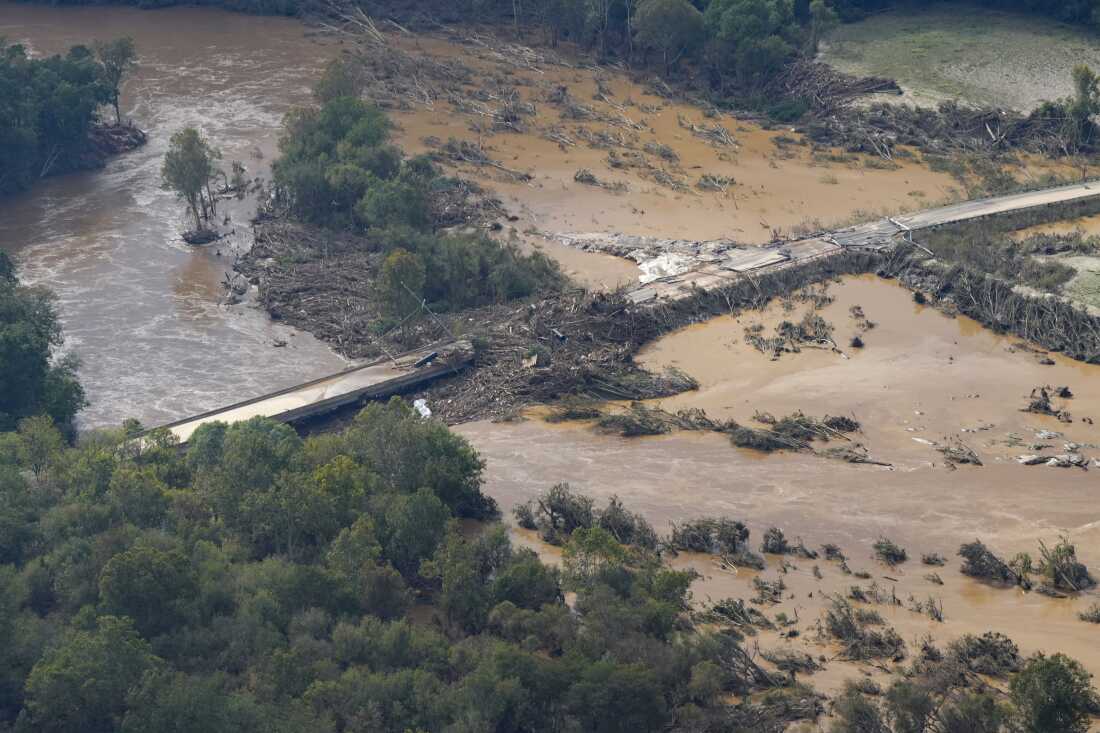
Aerial imagery captures a damaged bridge and floodwaters along the Nolichucky River following Hurricane Helene, Greene County, Tenn., Sept. 28, 2024.
George Walker IV/AP
hide caption
toggle caption
George Walker IV/AP
While many whitewater rivers resumed activity in 2025, the Nolichucky remained closed.
On September 27, 2024, after days of relentless rain, the storm stalled over the Southern Appalachian Mountains.
“In just a couple of hours, the landscape transformed as if thousands of years of geological change had occurred,” explained Philip Prince, a geologist specializing in the Appalachian region.
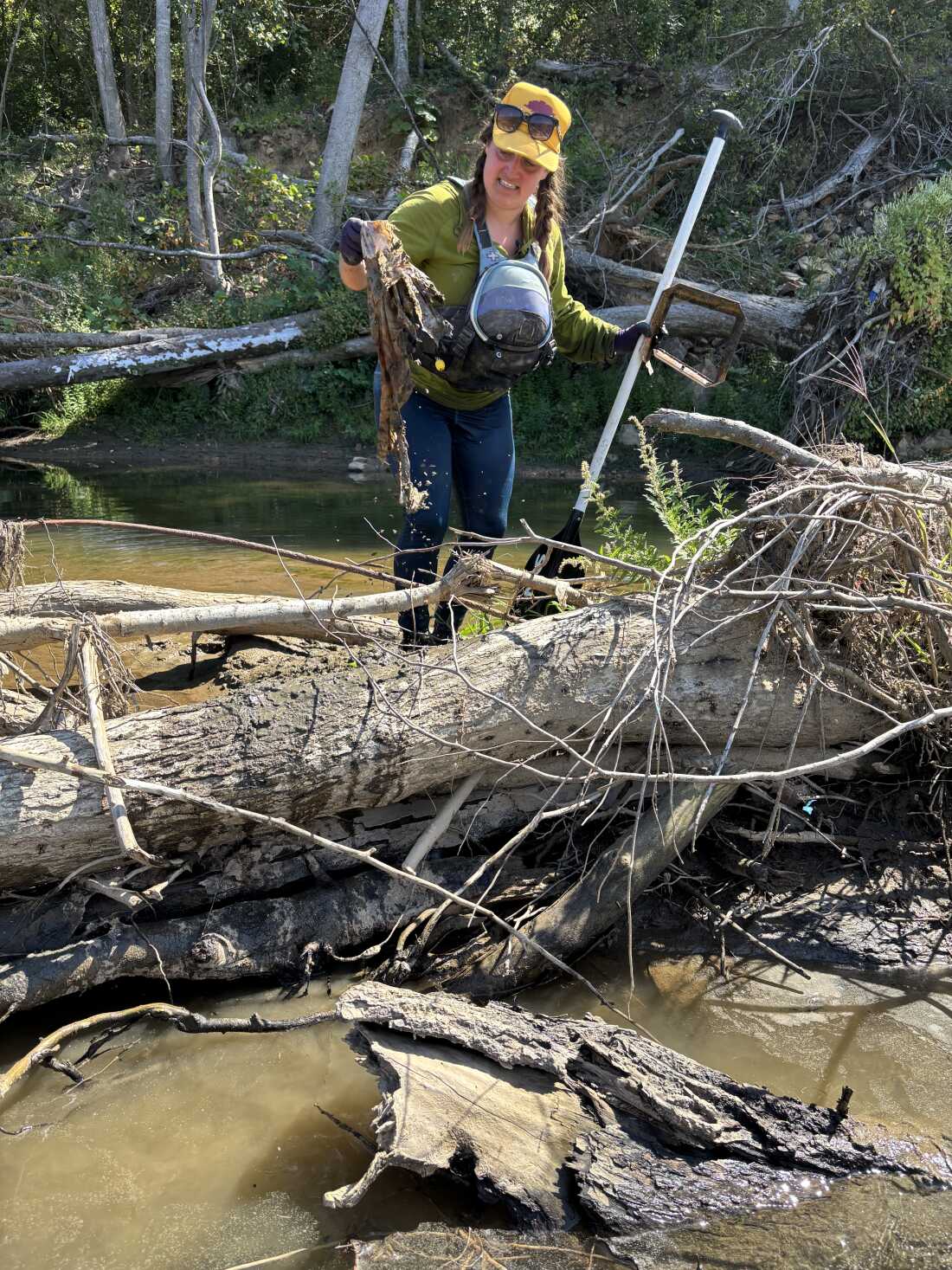
Amelia Taylor, a raft guide, removes household debris tangled in dense brush along the Nolichucky River’s edge.
Rolando Arrieta/NPR
hide caption
toggle caption
Rolando Arrieta/NPR
“The flooding on the Nolichucky was the most severe in the region, concentrating the full force of Helene’s impact into a single river gorge,” Prince noted. Landslides and debris flows swept away railroad tracks, homes, and hazardous materials into the river’s current.
Consequently, the U.S. Forest Service shut down all river access points to facilitate extensive restoration and rebuilding efforts over the year.
In response, rafting companies pivoted their business models, engaging in riverbank cleanup projects that heavy equipment couldn’t tackle. Supported by state relief funds, these companies employ raft guides like Taylor to assist in debris removal missions.
Using large six-person rafts, crews haul away piles of trash so substantial that the rapids beneath are obscured. The collected waste includes car parts, children’s toys, tires, household goods, and roofing materials torn from destroyed homes.
Lilly Johnson and her husband, owners of one such rafting company, purchased their business just months before Helene struck. Despite the challenges-including welcoming a newborn-they remain committed to the cleanup effort.

Johnson reflects on the past year with cautious optimism. “At least our building is still intact. For now, we’re using our rafts and team to restore the river,” she says.
“This work allows our guides to stay active, doing what they know best-navigating the river-while helping to prepare the watershed for when we can safely return to rafting.”
Encouragingly, dozens of guides participate in cleanup missions almost daily, hopeful that the river will reopen for the 2026 season.
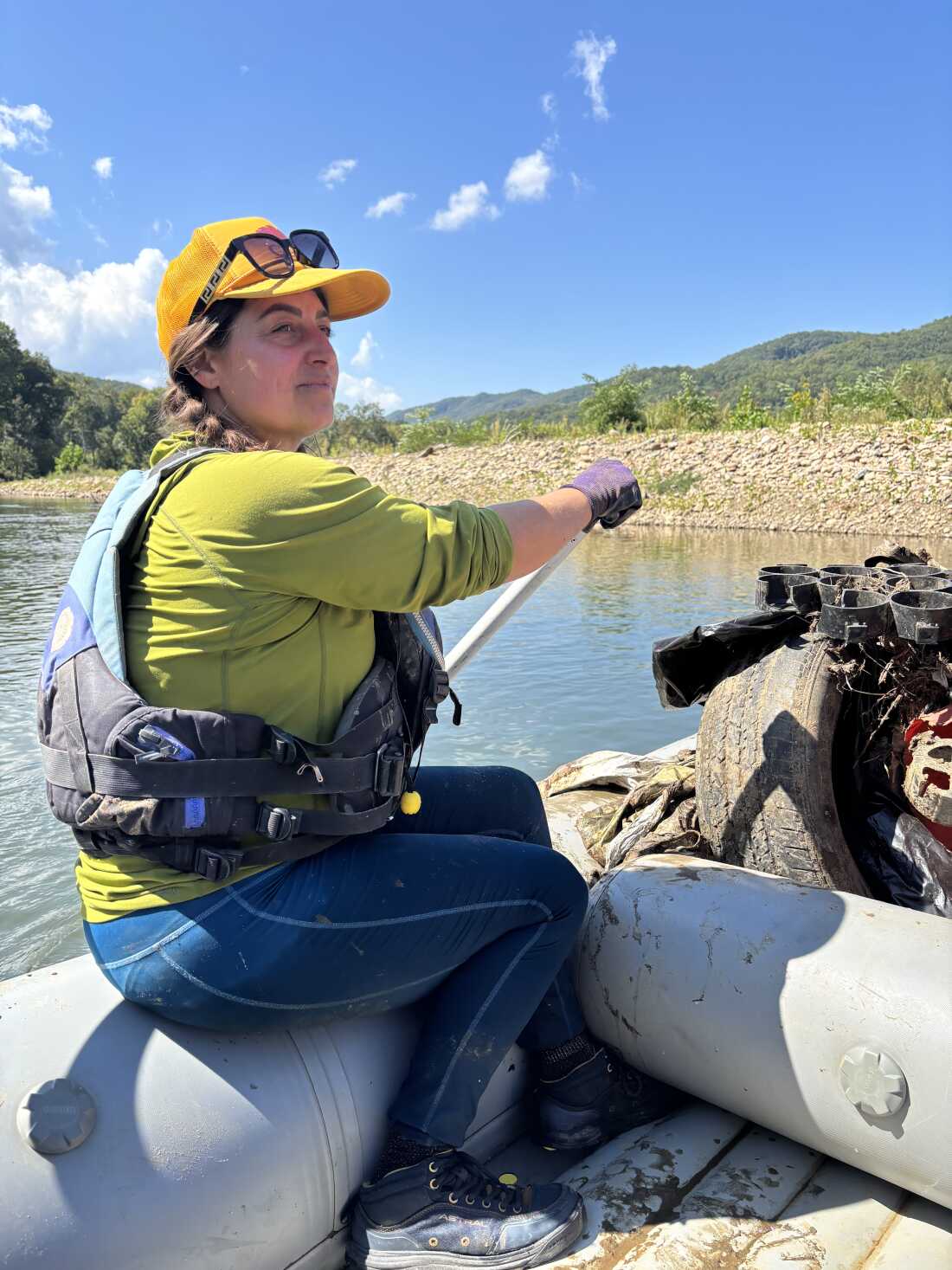
Amelia Taylor surveys the Nolichucky River rapids from a raft loaded with collected debris.
Rolando Arrieta/NPR
hide caption
toggle caption
Rolando Arrieta/NPR
Local paddler Trey Moore, intimately familiar with every bend of the Nolichucky Gorge, partnered with several outfitters to establish a nonprofit. Their mission is to collaborate with government agencies to revive Unicoi County’s outdoor tourism economy and restore the river’s health.
“We’re giving back to the river that has always supported us,” Moore says.
James Melones, a U.S. Forest Service supervisor, acknowledges the vital role outdoor recreation plays in the Southern Appalachians. He anticipates reopening boat ramps and access points by spring 2026.
“Our goal is to have these facilities fully operational for the next season,” Melones confirms.
Moore admits the road ahead is challenging. Guides require retraining to navigate the altered river, now featuring new rapids and hazards. Locals have even started calling it the New-lichucky.
Despite the upheaval, Moore views this transformation as a chance for renewal. “This massive geological event offers an opportunity to reconnect with the river and community, fostering healing and a fresh start,” he reflects.













